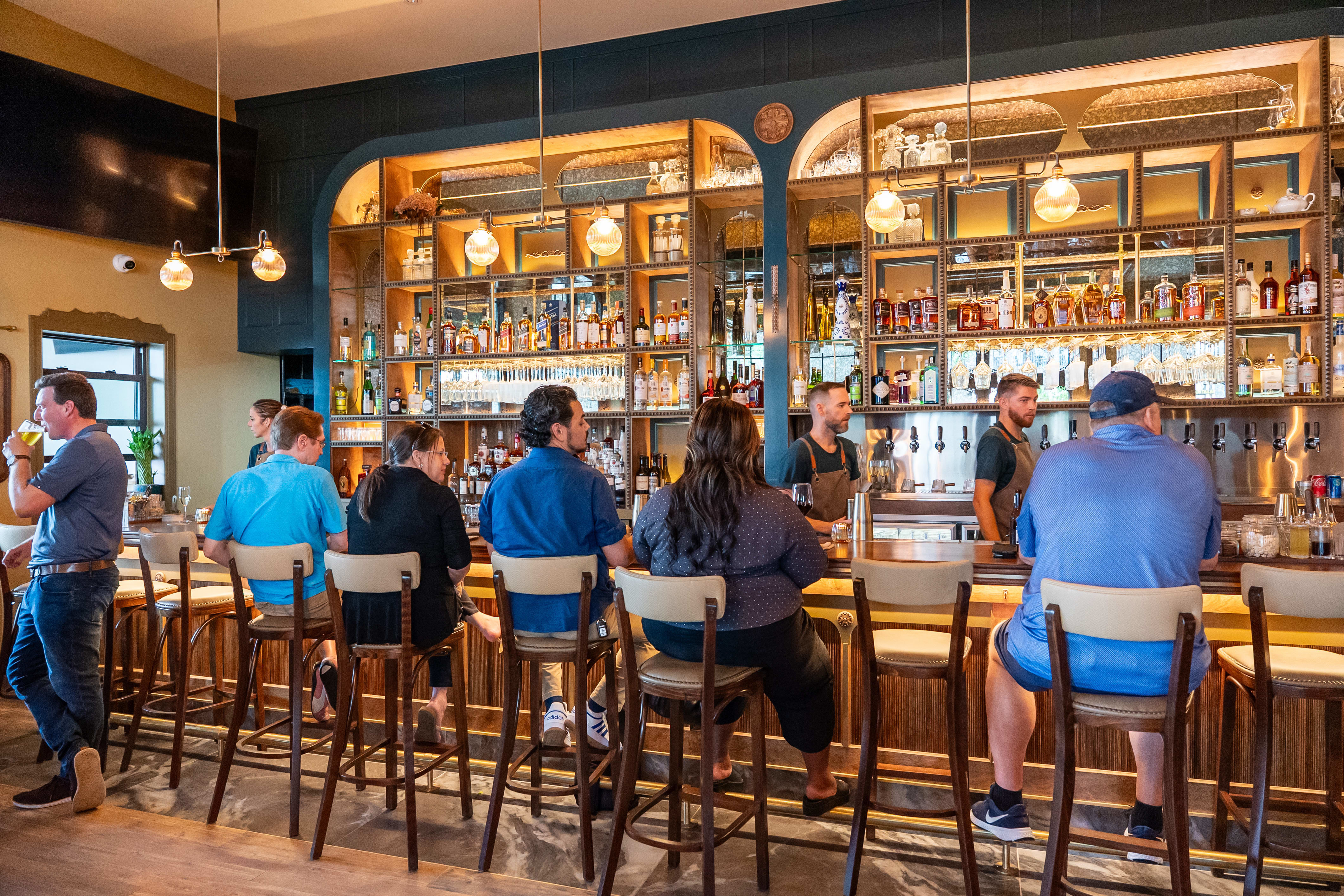Restaurants Are Getting Louder. Not Everyone Loves the Trend

Occupational Safety and Health Administration regulations limit exposure to 90 decibels to eight hours a day.
Image: Shutterstock
It’s 8:30 p.m. on a Saturday night at Boca, one of downtown Sarasota’s most popular restaurants, and it’s as loud as a subway car careening through a tunnel. Young women are enjoying a girls’ night out at one booth, while back in the corner, a crowd of young men keeps requesting shots. At the bar, men and women almost shout so their partners can hear them. All that conversation pings off the concrete floor, the brick walls and the high, exposed ceiling, mixing with the pop music pumping on the stereo and the hiss and clatter of the open kitchen.
How noisy is it? About 92 decibels on average, not much less than the 104 decibels I measured at an Ybor City music venue the night before, and higher than the 85 decibel threshold that researchers say is when noise begins to become harmful. (A gas-powered lawn mower or leaf blower measures 80-85 decibels.) The volume is not an accident. Restaurant owners and designers have embraced loud interiors by shunning sound-dampening drapes, tablecloths and upholstery, putting their kitchens on display and cranking the stereo—all decisions made to generate buzz and increase ticket averages.
But the trend has led to blowback. When Zagat surveyed its readers last year about their biggest complaints about restaurants, the No. 1 answer wasn’t lousy service or overpriced food—it was noise.
For people with hearing problems, it’s worse than an annoyance. It can discourage them from meeting up with friends or family for meals, which in turn leads to isolation. “If you’re sitting by yourself at home, you just deteriorate,” says Dr. Jack Wazen, a partner at the Silverstein Institute and an expert on hearing and balance. He encourages restaurant owners to offer quieter booths set on the periphery of dining rooms to cater to those with hearing challenges. They can also add Hearing Loop systems, like those in theaters, that work with people’s hearing aids. (Caragiulos, for example, offers the Hearing Loop service.)
But noise in restaurants affects workers even more than diners, because the continuous volume leads to hearing problems. Occupational Safety and Health Administration regulations limit exposure to 90 decibels to eight hours a day. Even small increases in volume will drastically cut how much employees should be exposed. Workers shouldn’t be in a 100-decibel environment for more than two hours. “It’s very common to lose hearing when you work in a noisy environment,” Wazen says. Let’s hope restaurant owners are listening.



